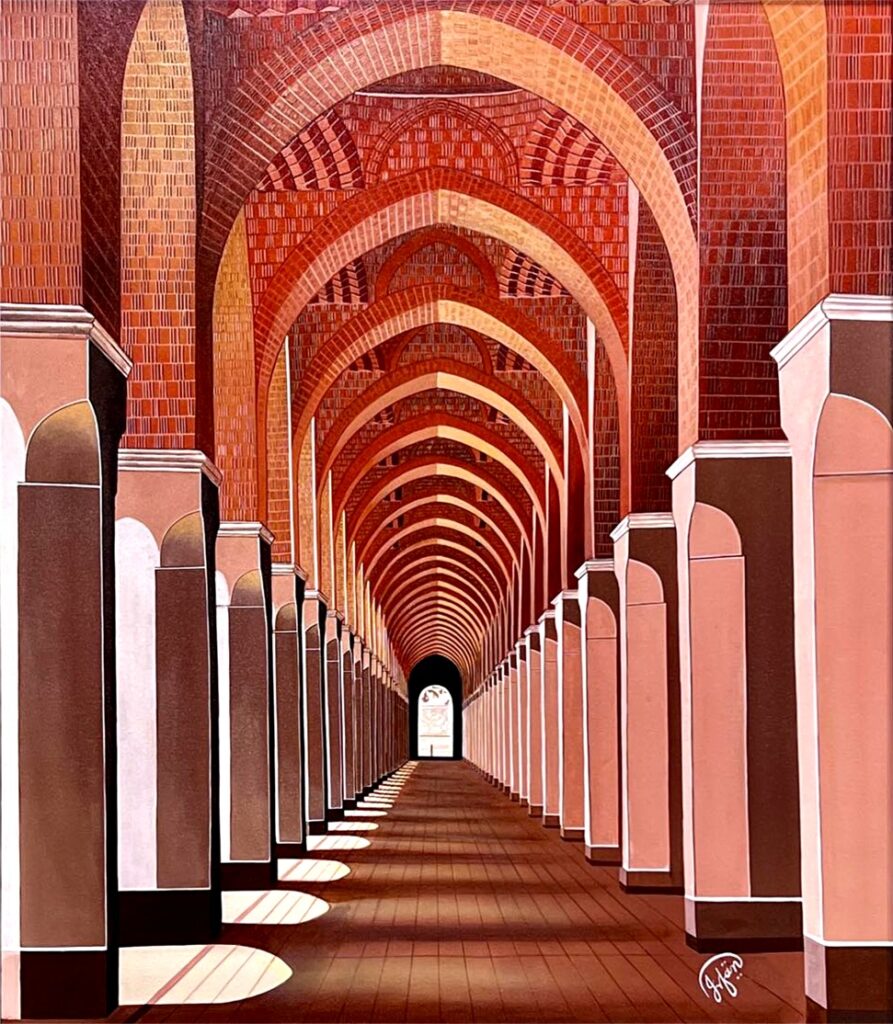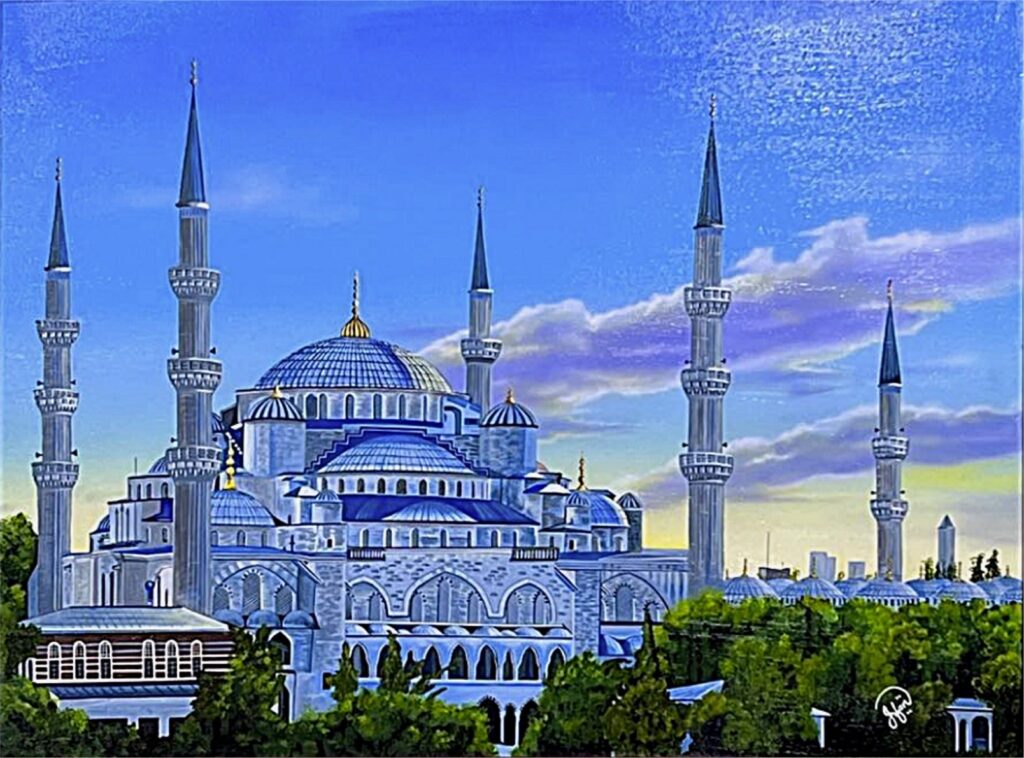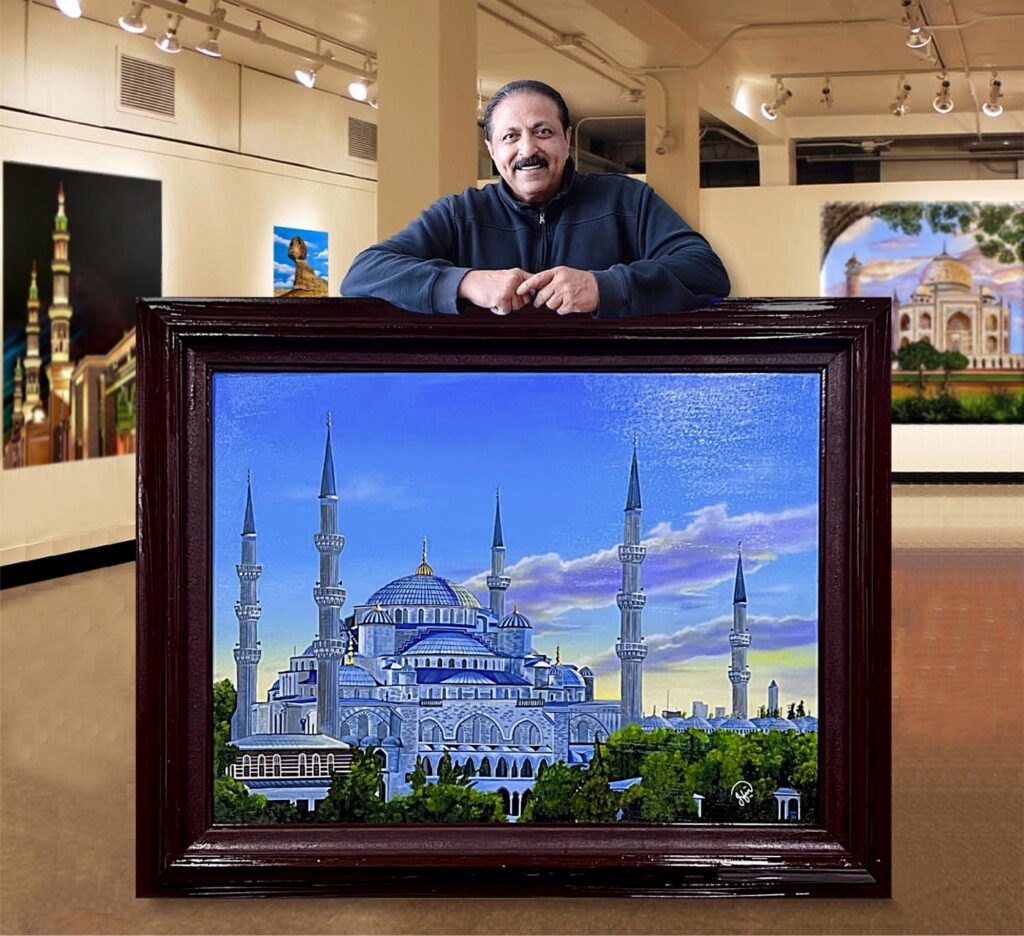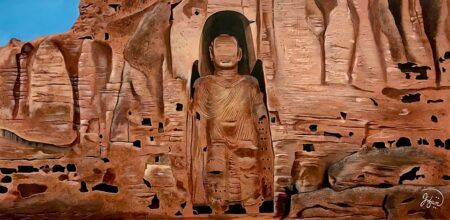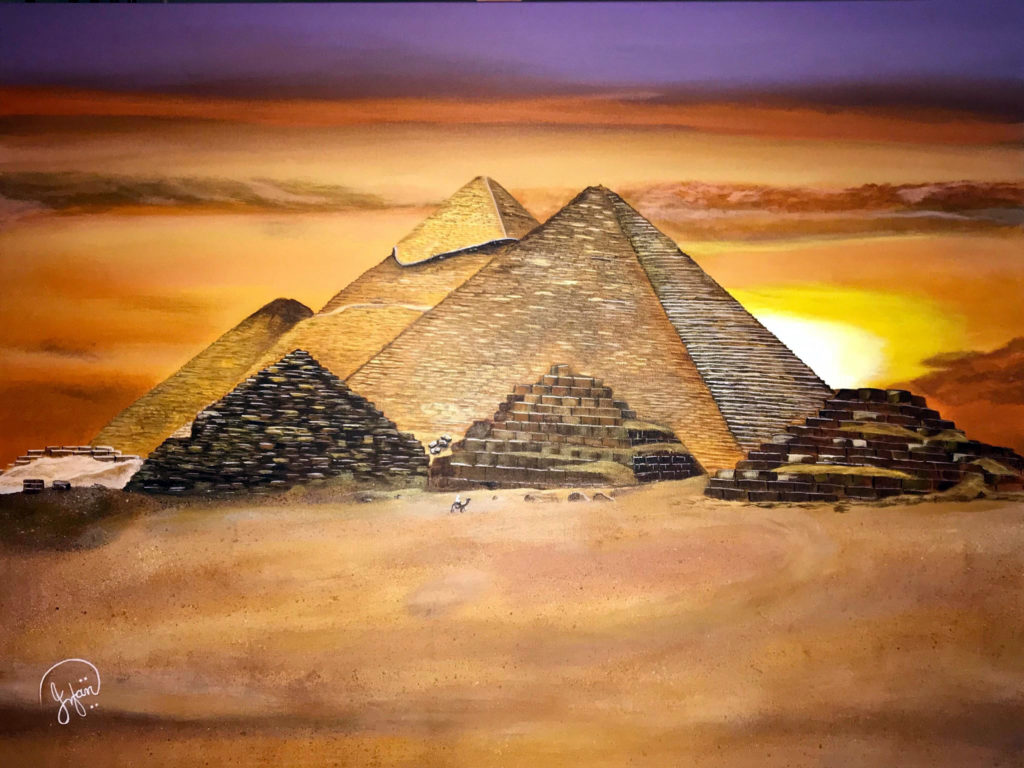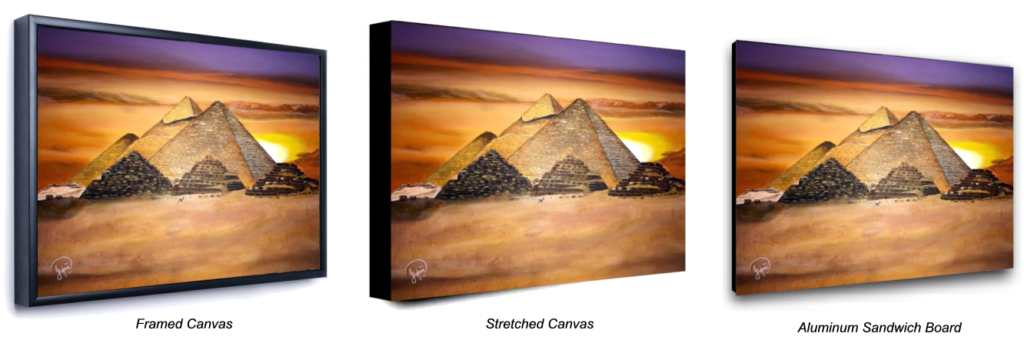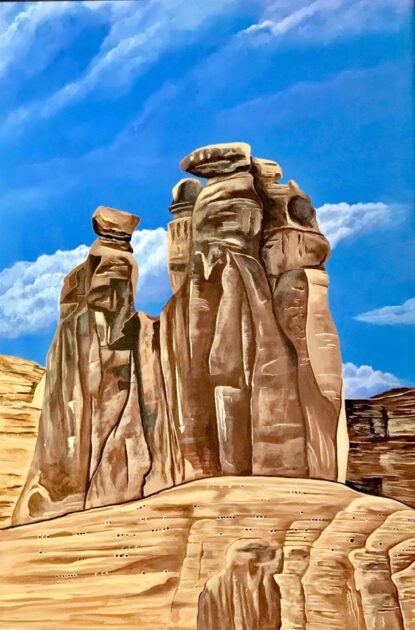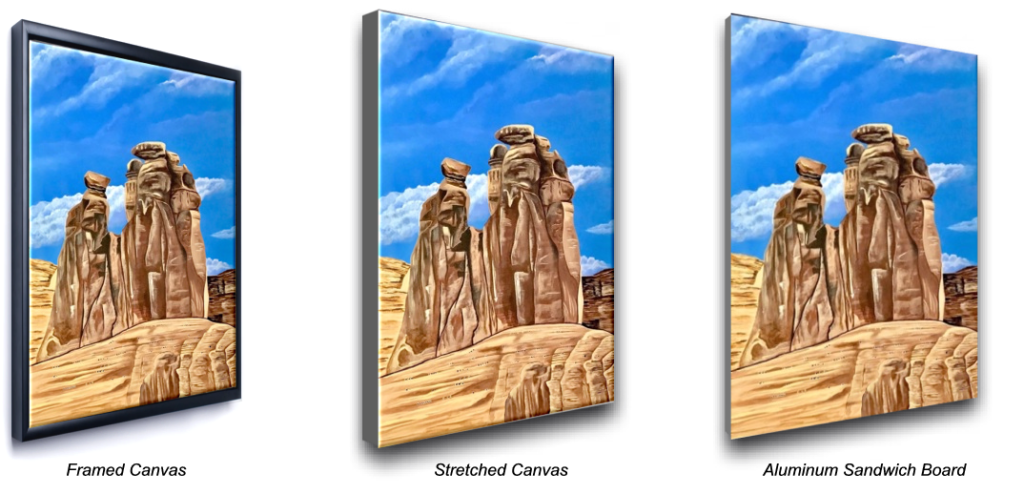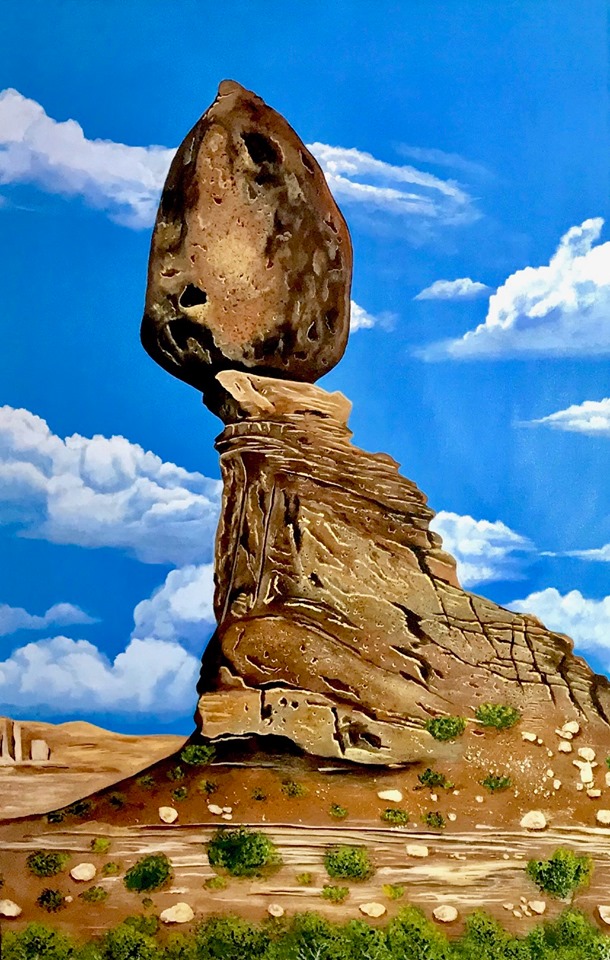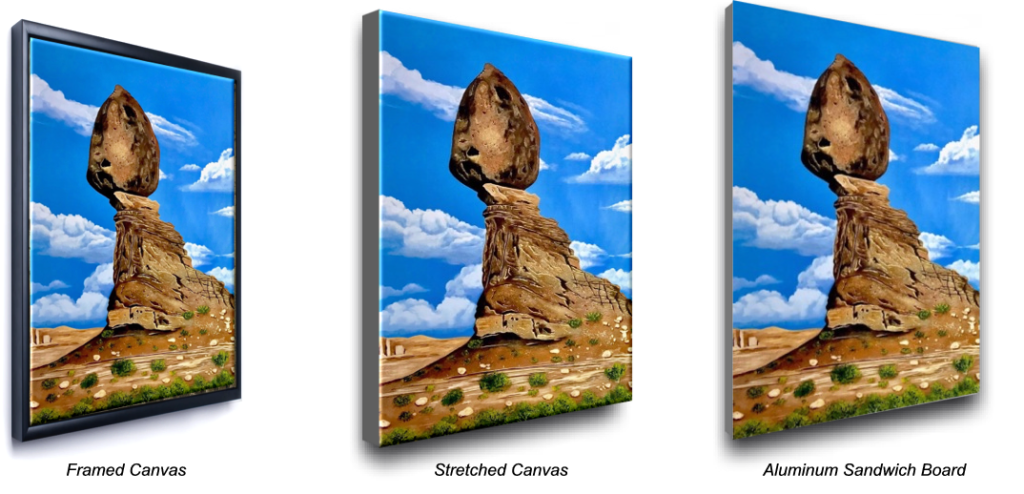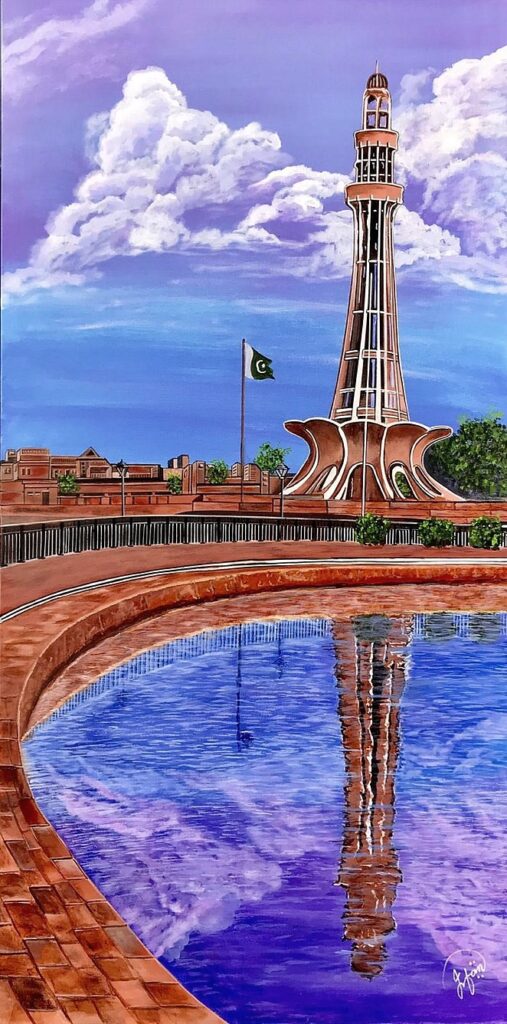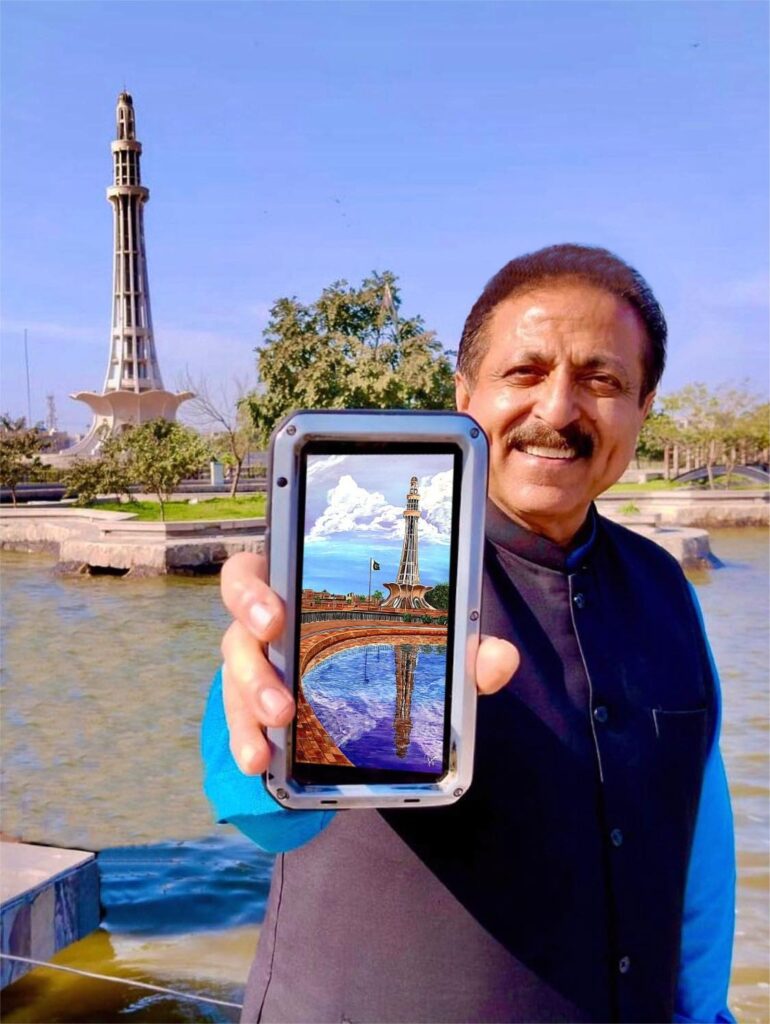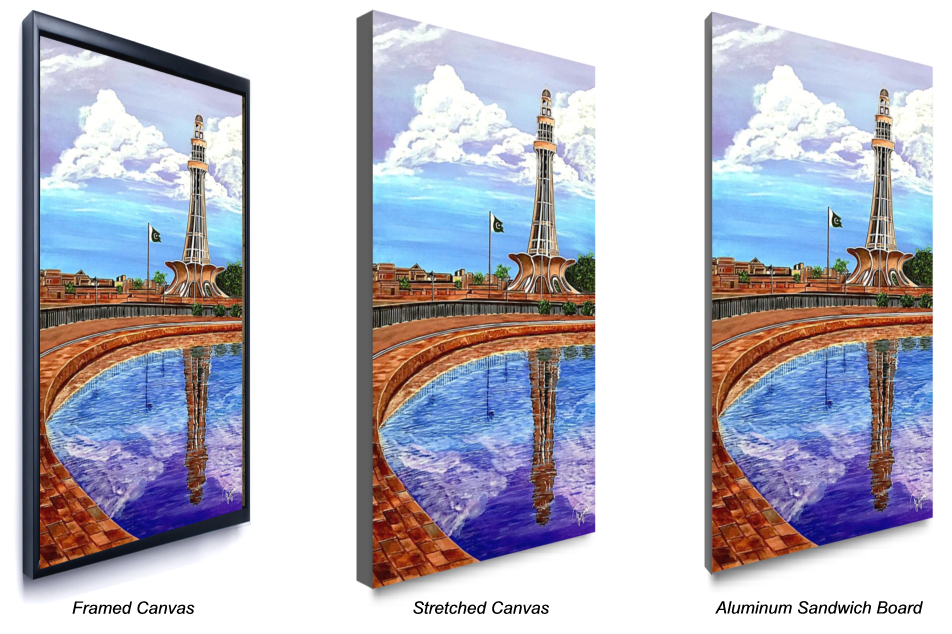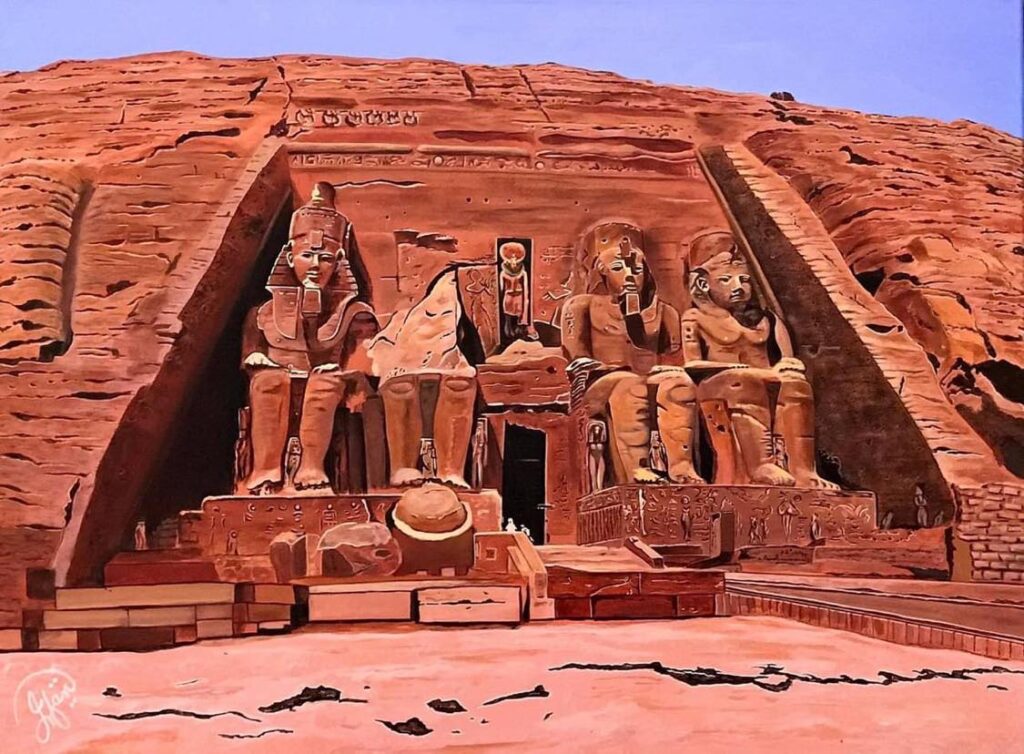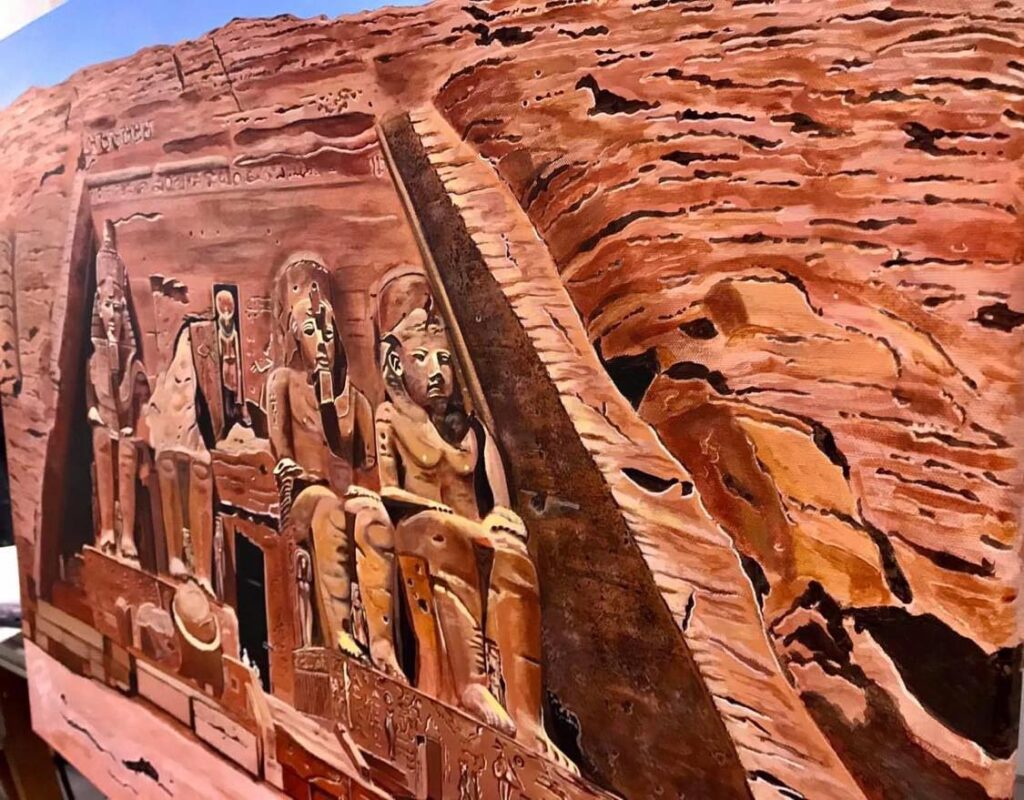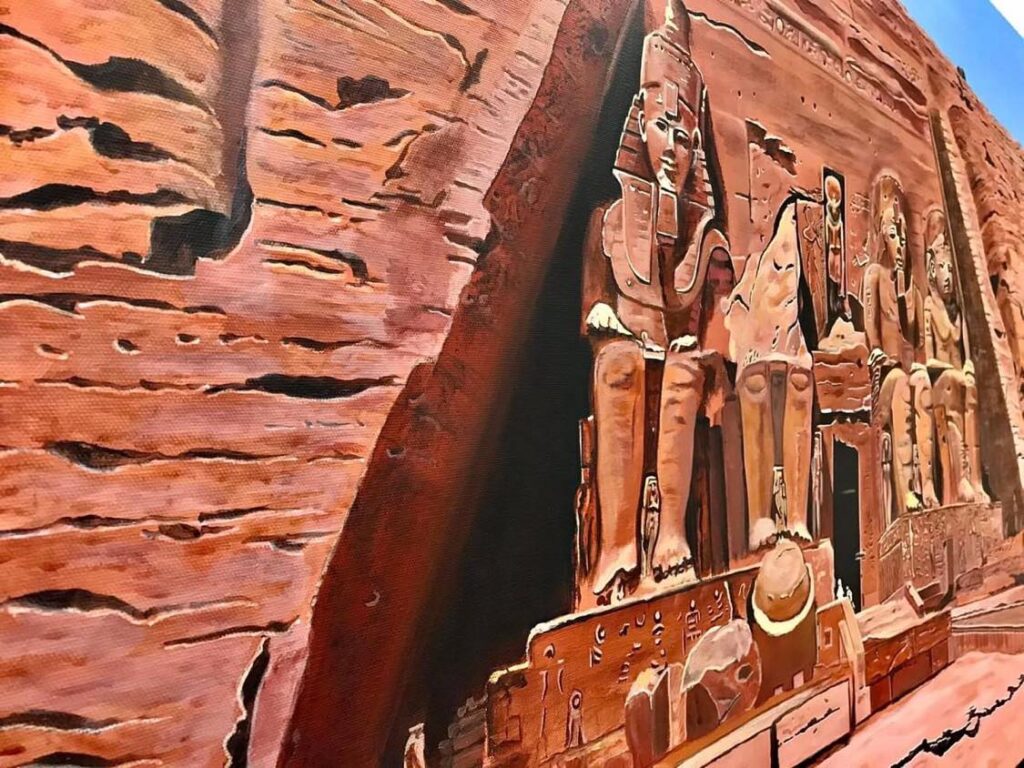PILLARS OF MASJID ZUL HULAIFA
Masjid Meeqat, Madinah, Saudi Arabia
- 40″ X 46″
- Acrylic on Canvas
- Original
The mosque was first built during the time of Umar II ibn ‘Abdulaziz, who was the Umayyad governor of Medina from 706-712 (87-93 AH) and has been renovated several times since, the last major renovation being during the reign of King Fahd (r. 1982–2005), who increased the area of the mosque by many times its original size and added several modern facilities.
The current mosque building was built during the reign of King Fahd. It is in the shape of a square with an area of approximately 6,000 square meters (65,000 ft2) inside a 36,000 m2 (388,000 ft2) square-shaped enclosure. It consists of two sets of galleries separated by a wide yard of approximately 1000 square meters (11,000 ft2). The galleries are shaped as arches ending with long domes. At the center of the mosque is a spring of water housed inside a dome. The portion of the enclosure that does not include the mosque, measuring around 20,000 m2 (216,000 ft2), includes multiple restrooms and areas for changing into ihram and performing wudu. Most of the inner area is pathways, galleries, and trees. All 13 domes are located on the roof of the mosque, while the 5 minarets are located around the enclosure. One of the mosque’s minarets stands distinct from the others, square at the bottom but round at the top in a diagonal shape, rising to a height of 64 meters (210 ft). The mosque is built in an Islamic architectural style, with Mamluk and Byzantine influences.
$ 7550.00
E-Mail: contactirfanmurtaza@gmail.com
WE PRINT THE ART ACCORDING TO YOUR DESIRE
Every piece of art is also available in multiple products and sizes to fit any décor style or budget.
We are here to help you find the perfect art for your home. We print your favorite art on
high-quality stretched canvas, framed canvas, and aluminum sandwich boards.

